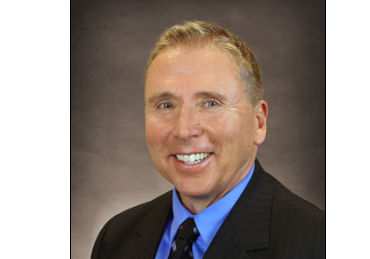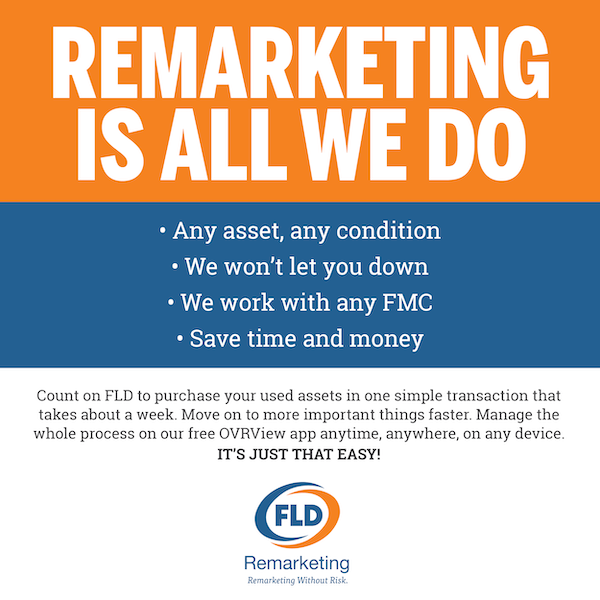
By Greg Neuman, Senior Manager of Quality Control, CEI
The word “used” has taken on a negative connotation in the automotive world, which is why dealers nowadays talk about selling “pre-owned” instead of “used” cars. But as we all know, it can make sense to buy a pre-owned car, especially one that’s certified by the maker, because you can pay a lot less for a fine set of wheels than a brand-new one.
The same principle applies to collision repair: used parts can save fleets a tidy sum, as long as you can be sure the parts are in good shape. And that’s where you have to trust somebody who has your best interests in mind and knows what they’re doing.
In the collision repair industry, used parts are also called “recycled” or “LKQ”, which stands for “Like Kind and Quality” parts. Their source is cars and trucks that have been declared a total loss and have wound up in the hands of salvage suppliers, who buy hundreds of thousands of vehicles to resell the usable parts. Typically, we’re talking about sheet metal, bumpers and headlight and taillight assemblies, but the LKQ world also extends to interior parts, engine parts, whole engines and even some structural parts.
LKQ parts have two advantages over the alternatives: they’re cheaper than parts made by the original manufacturer (the”OEM”), but, unlike aftermarket parts – which are made by independent manufacturers – they’re exactly the same as were on your car when it came off the assembly line. That means there’s no chance that they will be of inferior quality or won’t fit exactly as the original.
In the auto body repair industry as a whole, OEM parts are used 65% of time, aftermarket parts 16%, used parts 13% and rebuilt parts 6%. At CEI, used parts find their way in fewer than 10% of the repairs we manage, less than the repair industry as a whole because we tend to work with later-model vehicles for which fewer used parts are available.
How much can you save? It varies, but doors are the most common candidate at CEI for LKQ replacement parts, and one example will illustrate the potential. An OEM door for a 2015 Ford Fusion with new glass lists for around $1,500, but as I write, a shop could buy a used door with intact glass for between $815 to $935, for a savings of $565 to nearly $700, or up to 45%. That’s a significant amount for any fleet, but for a large fleet this approach could save tens of thousands of dollars a year.
But the decision on whether to go with an LKQ part isn’t a simple one. Here are the considerations CEI takes into account for fleet repairs:
Avoid used suspensions and safety equipment. At CEI, we never replace a damaged suspension with a used ones or install a used air bag system, because there’s just too much safety risk.
Used parts for new model years are rare. The newer the model, the fewer the vehicles that are totaled. In each subsequent year after the introduction of a new model, the inventory of used parts grows, with the “sweet spot” for availability at around five years. This puts fleets that keep their vehicles in service longer — particularly work truck and service fleets — in a better position to reap the benefits of LKQ parts than other kinds of fleets.
Part damage may render it uneconomical. It makes sense to use LQK parts that require a small amount of repair, but too much damage tilts the financial decision in favor of an OEM or new aftermarket part.
Reliable sources are key. LKQ parts are often bought sight-unseen over the Internet. Typically, the amount of damage is described in detail, but all purchases are final and nonrefundable, so it pays to know your sources well.
Don’t use parts much older than your vehicle. At CEI, we don’t put 2013 parts on a 2015 vehicle, even if the part is exactly the same. The reason: older parts can wear out before the rest of the vehicle and make it more costly to maintain.
Decide quickly. There’s no such thing as a supplier-hold on a part you want. If another buyer comes in before you authorize the purchase, the part could be gone by the time you make up your mind and the savings opportunity lost or hard to match.
Experience is key to successful use of LKQ parts in collision repairs. As a fleet manager, you need to rely on your repair partners to be sure that any part in one of your fleet vehicles is without hidden damage or other pitfalls. At CEI, our quality control department has a combined total of more than 300 years of hands-on collision repair experience and we work with only the best repair shops in North America. Knowing just when a used part makes sense is part of the expertise that an accident management partner can offer.

